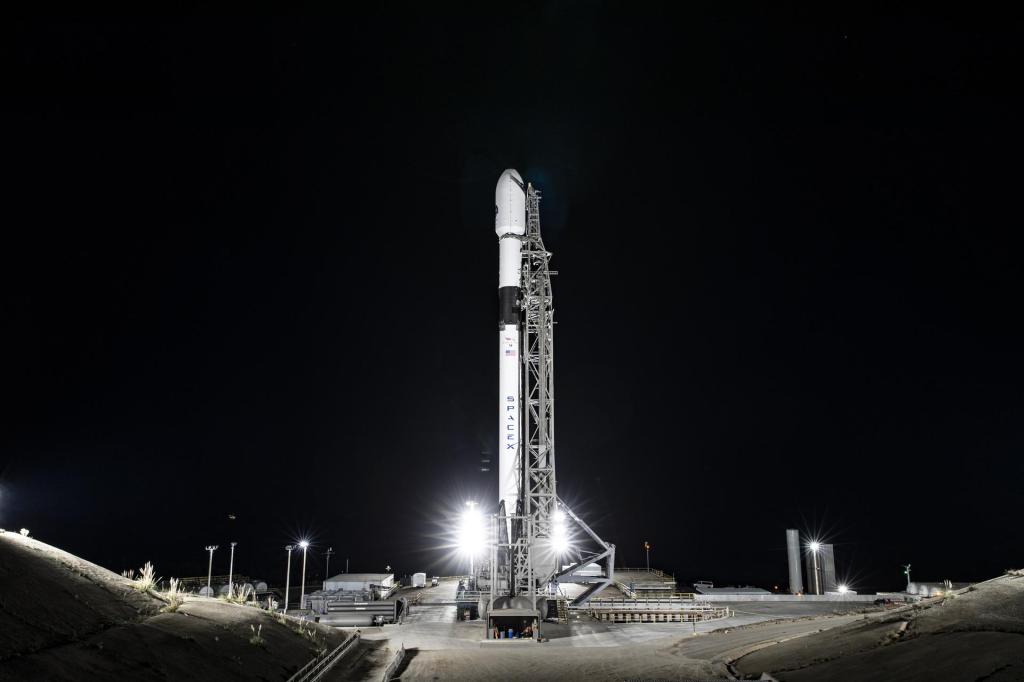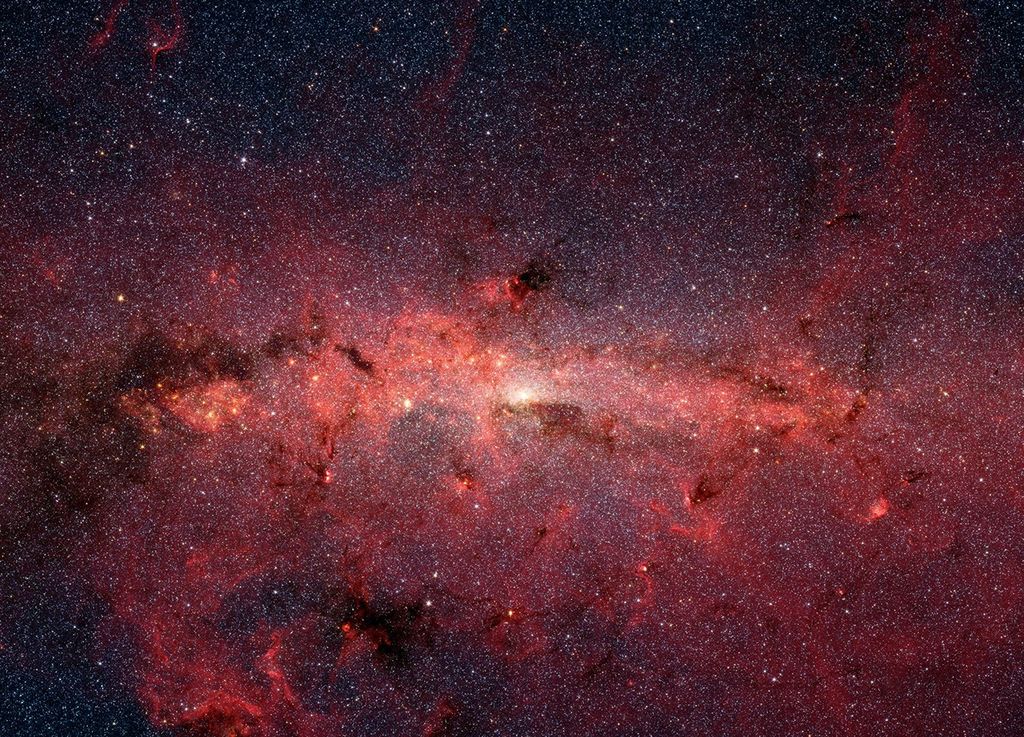Spectacular images from the Hinode spacecraft show the solar eclipse, which darkened the sky in parts of the Western United States and Southeast Asia yesterday.
Hinode is in a low-Earth (630km altitude – about 400 miles) sun-synchronous polar orbit that permits nearly continuous observations of the sun. So, in effect, Hinode has the same perspective as Earth-bound observers since the angle subtended is very small between the Earth and Hinode relative to the moon. However, Hinode’s unique orbit has the spacecraft sweaping through the area occulted by the Sun once per orbit, and did so 4 separate times.
Images of the eclipse, from Hinode, enable scientists to develop an improved model of the telescope performance. This can be used to obtain significantly enhanced observations in high resolution of faint features of the solar corona. This will allow scientists to study the extended solar corona and the structure of the high temperature solar atmosphere.
An annular eclipse occurs when the Moon, slightly more distant from Earth than on average, moves directly between Earth and the Sun, thus appearing slightly smaller to observers’ eyes; the effect is a bright ring around the silhouette of the Moon.































